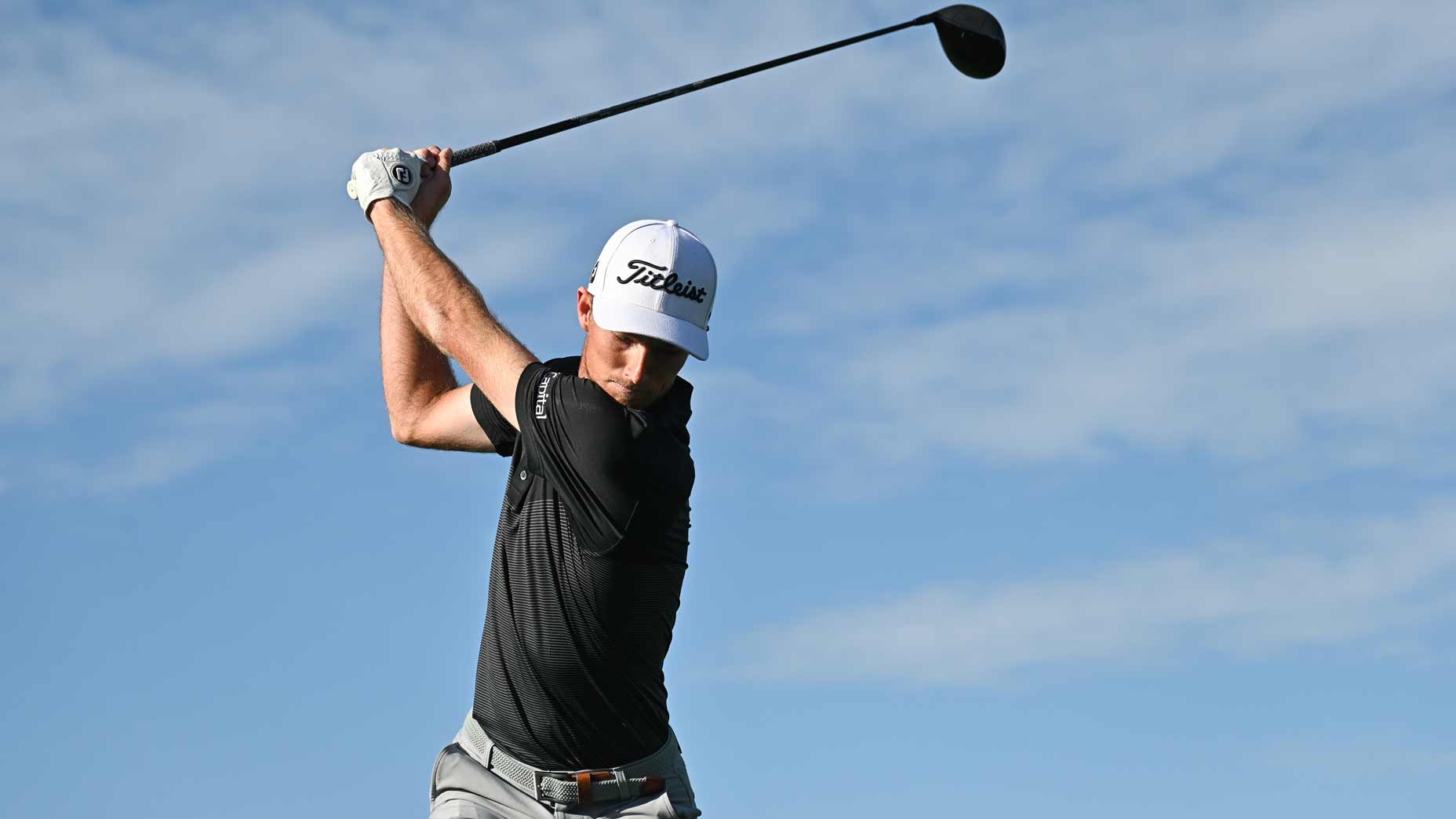
You, too, can work on your swing like Will Zalatoris.
Getty Images
Since the moment he arrived on the PGA Tour, you could make a solid case that Will Zalatoris is best ball striker in golf. He’s second in SG: Tree-To-Green this season, averaging over 312 yards off the tee (12th) and hitting more than 70 percent of his greens (8th). It’s why he ranks fourth in birdie average, despite ranking 103rd in SG: Putting.
Last year, I had the chance to pick Zalatoris’ brain about a few things ball-striking related, and one comment he made stuck with me: He said that ever since was a child he’s practiced swinging the golf club in slow motion. He does it when he’s working on his technique, or just trying to get his timing back.
“Whenever I’m working on something I rarely ever do it full speed. A lot of slow motion work,” he says. “It’s something my dad really drilled into me growing up. It helps me with my body awareness and matching stuff up.”
Zalataris spends the bulk of his time making swings in slow motion, he went on to say, then starts to hit shots using a slow motion swing. He slowly builds up speed from there.
Why you should practice swinging in slow motion
Swinging in slow motion is something that’s easy enough for the rest of us to do as we’re trying to improve our own moves. And good news! It turns out there’s some relevant science behind it which I wrote about here. Often, seeing the golf ball veer off in bad directions can inhibit your ability to make swing change. The short-term pain of seeing a golf ball fly in an unwanted direction can distract you from your longer-term goal of making a technical change that will leave you better off in the future.
Practicing swinging in slow motion allows you to get the reps you need with the technique you want to have while removing feedback that you don’t need. So give it a try.









